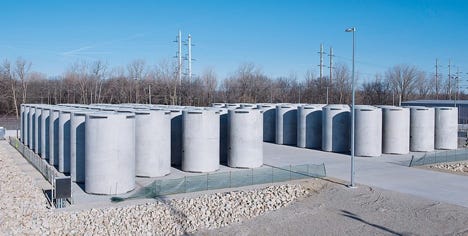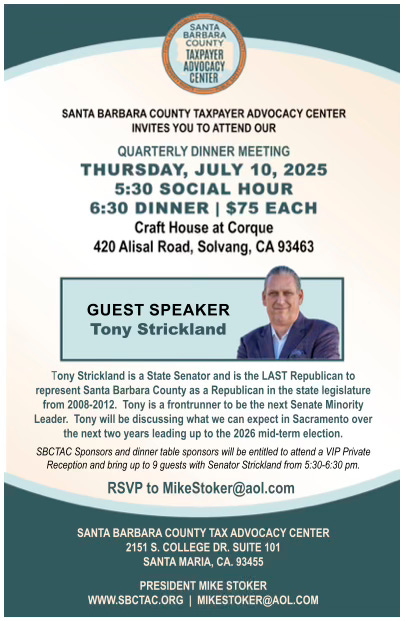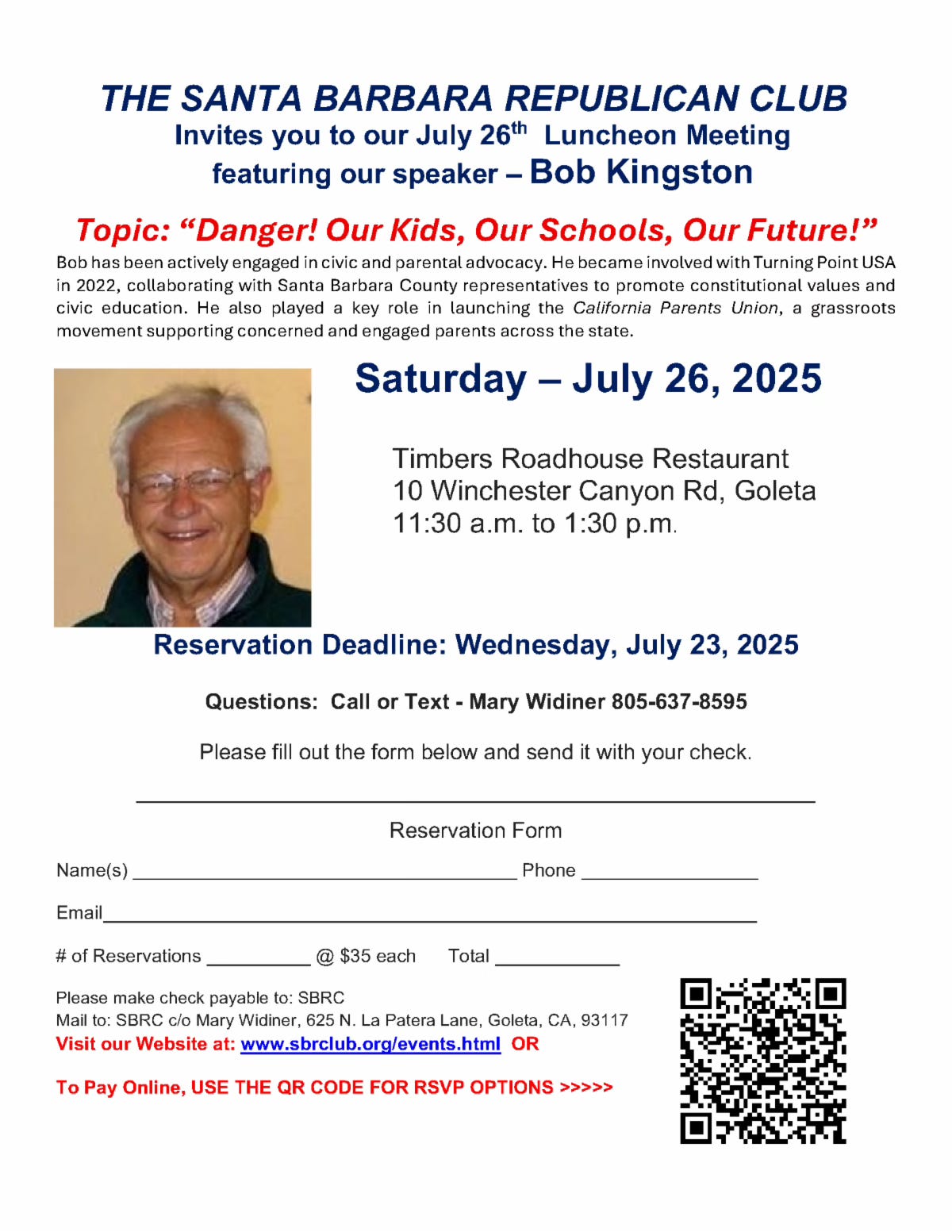We Don’t Have an Energy Crisis—We Have a Logic Crisis
By Bob Smith, Commander, U.S. Navy (Retired)
California prides itself on leading the way in clean energy, but by 2030 we will follow Germany's lead into failure, removing all nuclear power without further extensions. Diablo Canyon is the last nuclear plant in the state — and once it’s gone, we will have no zero-emission baseload power, no scalable alternative, and a grid already overwhelmed by political fantasy and engineering denial.
What they call “leadership” is simply performance art for the activist class combined with poor governance at the expense of working Californians, our economy, and our national security. Let’s be clear—this wasn’t an oversight. California’s elected officials spent years actively working to shut down nuclear energy. Only after that activism collided with grid instability and rising emissions did they backpedal, scrambling to extend the last clean baseload energy source to buy time for their fantasy of an all-renewable utopia.
Meanwhile, countries like France—which produces over 70% of its electricity from nuclear power—are expanding their nuclear capacity. Even China is building new nuclear plants at a faster rate than any other country. California, however, is doing the opposite: abandoning the one clean energy source that operates continuously.
Diablo Canyon supplies nearly 9% of California’s total electricity and over 15% of its carbon-free capacity. It provides power 24/7, regardless of weather or time of day, without emitting greenhouse gases or covering thousands of acres with solar panels or wind turbines.
Even worse, this potential shutdown occurs at a time when the state’s energy demands are significantly increasing. From electric vehicles and data centers to AI infrastructure, California will require more electricity, not less.
Clean, Compact, and Reliable
Nuclear power has its drawbacks, like any other energy source. It produces long-lasting waste and has been involved in two major accidents: Chernobyl and Fukushima, which caused regional harm.
However, the total waste from a nuclear plant over its lifetime fits within a single acre of dry-cask storage. One acre—for decades of continuous electricity generation.

Safety concerns are often linked to a lack of understanding. Modern reactors differ greatly from those at Chernobyl and Fukushima – both incidents are virtually impossible in contemporary reactor designs. People in California worry about earthquakes—and rightly so. But what happened at Fukushima couldn’t happen here. That plant used designs from the 1960s and failed because a tsunami knocked out backup generators. Today’s reactors, including Diablo Canyon, are built to withstand major seismic events, and can shut down safely even without power or human presence. In fact, a modern nuclear plant is one of the safest places to be during a natural disaster.
The U.S. nuclear industry has maintained an impeccable safety record, with no civilian deaths from radiation in over 60 years of operation. Our only significant accident was Three Mile Island, which resulted in very localized exposure levels comparable to a chest X-ray and would not occur in a modern reactor.
Meanwhile, solar and wind aren’t impact-free. They require vast land, disrupt ecosystems, and rely on fossil-fueled mining. Solar panels degrade into toxic waste, and wind turbine blades—which are non-recyclable—are headed to landfills by the thousands. Their efficiency? Often below 30%. Nuclear runs above 90%.
Natural gas often gets a strange free pass in California’s environmental debates. Yes, it emits less carbon dioxide than coal, but its refining process releases methane, a greenhouse gas 84 times more heat-trapping than CO₂. And unlike carbon dioxide, methane isn’t plant food; it’s just pollution. Despite this, natural gas remains California’s top source of electricity, and we import 90% of it from out of state. That’s not reducing emissions—it’s outsourcing them. Explaining this to California’s climate activists is like trying to teach calculus to kindergartners. There’s no magical biosphere surrounding our state. The emissions don’t stop at the border just because they’re politically inconvenient.
Not a single major economy on Earth depends entirely on renewables for its baseload and for good reason. California, however, plans to cover over a million acres with solar and wind farms, along with thousands of battery storage sites across the state. To put it in perspective: it would take 18 Moss Landing–sized battery facilities to match one day of Diablo Canyon’s power output.
Sound crazy?
That’s because it is.
Yet, our energy policy is being influenced by Liz Forsburg Pardi, an environmental activist with a Ph.D. in ecological economics, not an engineer, not a physicist, and certainly not someone with expertise in grid reliability. California lacks a comprehensive energy plan. It has an ideology disguised as a plan.
Silicon Valley Becomes Death Valley
Radical energy policy won’t just cost us jobs—it will cost us our future.
Diablo Canyon is the largest private employer in San Luis Obispo County, supporting over 1,500 skilled, predominantly unionized, jobs. Shutting down nuclear power won’t just strain the power grid; it will also cut thousands of trade-unionized, well-paying, career-advanced, stable jobs for the middle class that anchor a local economy that can't afford to lose them.
And the fallout won’t stop there.
If we fail to meet the state’s growing power demand, the economic consequences will extend well beyond San Luis Obispo. Artificial intelligence, advanced computing, and eventually artificial general intelligence (AGI) will demand enormous, continuous power. You don’t run neural networks on wind gusts and cloud breaks. You need scalable, 24/7 baseload power. Nuclear is the only zero-emission source capable of providing it.
As industries increasingly rely on AI, machine learning, high-performance computing, and massive data infrastructure, they’ll migrate to states with stable, affordable electricity. That won’t be California. We won’t just lose today’s jobs—we’ll lose the future of work. Startups, research labs, and tech giants will take their talent, capital, and innovation elsewhere. The opportunity cost of an unreliable grid isn’t just high, it’s catastrophic for our economy.
Cautionary Tales
In California, we tout being a leading economy. The rest of the world’s top economies are doubling down on nuclear power by adding modern reactors and researching fusion because they understand what’s coming: a future that demands more power. However, there are two cautionary stories: Germany and Japan.
Germany attempted to lead globally by shutting down its nuclear plants and relying on natural gas imports from Russia. Japan quickly moved to shut down its nuclear plants after Fukushima due to public pressure. Both countries paid the price rapidly. Energy prices skyrocketed, emissions increased, and economic competitiveness suffered.
Japan is actively reopening its nuclear plants, while Germany, which had previously decommissioned its plants, reverted to coal after Russian natural gas supplies worsened due to the war in Ukraine. Today, Germany has the highest emissions and energy costs in Europe. Sound familiar? This is a clear example of ideology overriding logic, and it should serve as a warning for California.
Crisis Governance in a State of Delusion
For years, California state leaders have claimed that solar, wind, and batteries alone could power the state's economy, the fourth largest in the world. They disregarded the experts who maintain the grid and dismissed warnings about the necessity of reliable baseload power. Now, they’re scrambling with this nuclear power extension, the very source they once sought to phase out.
In June 2025, the U.S. Nuclear Regulatory Commission (NRC) concluded that Diablo Canyon is safe to operate for 20 more years. PG&E has filed for that license renewal, and it’s pending federal approval. The California Public Utilities Commission (CPUC) has already approved Diablo’s continued operation through 2030 — but only after lawmakers realized that shutting it down without replacement capacity would send the grid into chaos. Here we are facing 2030, and the same situation. This isn’t proactive leadership, it’s emergency backpedaling.
On May 29th in his House press release, Salud Carabajal stated, “The Central Coast is home to California’s last remaining active nuclear power plant, Diablo Canyon. Our community understands that safety must always come first when using nuclear energy. President Trump’s order to shake up the Nuclear Regulatory Commission is yet another reckless decision that could weaken the agency’s ability to protect communities near nuclear plants. I will fight any attempts to roll back the safety and environmental protections that keep Central Coast residents safe.”
Once again, Congressman Carbajal relies on fear rather than facts. Diablo Canyon has operated safely for decades—without a single civilian injury—under some of the world's strictest regulatory standards. Instead of championing this world-class clean energy asset and the thousands of jobs it supports, he parrots party lines to score partisan points. Suppose Rep. Carbajal truly cared about the Central Coast, he’d be working with the administration to modernize and expand our nuclear energy, not using scare tactics to justify the slow death of our most reliable power source.
If we want to lead on clean energy, we need to get real. That means nuclear power must be part of our plan. That means we stop chasing the mirage of 100% renewables and start engineering a balanced power future that works.
Bob Smith is a retired Navy veteran and systems engineer and is running as a Republican for California’s 24th Congressional District. During his 26 years of active service, he participated in several combat tours supporting Operation Iraqi Freedom (OIF) and Operation Enduring Freedom (OEF). He has held various leadership roles in Washington, D.C., with a focus on major defense acquisition programs. www.bobsmithforcongress.com










Ordinary name, extraordinary talent. May we all remember the name Bob Smith on Election Day 2026.
Thank you Commander Smith (I hope that is an appropriate title) for the informative and reasoned essay. I often find it frustrating that so many leaders lack much, if any, STEM background.